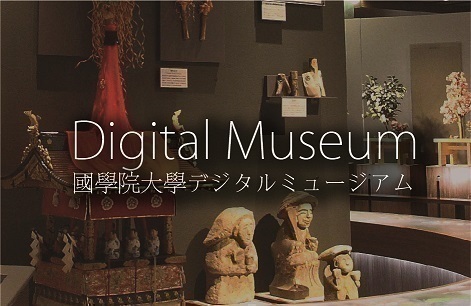- トップ
- Encyclopedia of Shinto
- Heihaku
Encyclopedia of Shinto
| Main Menu: | |
| Links: |
詳細表示 (Complete Article)
| カテゴリー1: | 4. Jinja (Shrines) |
|---|---|
| カテゴリー2: | Offerings and Talismans |
| Title | Heihaku |
| Text | Also called mitegura or heimotsu, heihaku in its broadest sense refers to offerings made to the kami. Mitegura is said to carry the meaning of "full storehouse," but in classic works such as Kojiki, Nihongi, and Kōgoshūi we also find the term expressed as hei, shinpei, and gohei. Eulogistic expressions for heihaku include uzunomitegura, futomitegura, and toyomitegura. The type and number of heihaku vary greatly depending on the type of ritual and the shrine involved, but in the section of the Engishiki that deals with norito liturgy, items included as heihaku include cloth, clothing, weapons, rice wine (miki), and food offerings (shinsen). Later, it became more common to interpret these in the narrow sense of yū and nigite cloth (made from flax or the bast of paper mulberry tree), or the heisoku and gohei made by affixing strips of paper (shide) to a branch or stick. Heihaku and shinsen were made distinct in the rules for ritual procedure instituted for shrines in 1875, and besides cloth or other articles in kind, gifts of cash wrapped in paper were introduced as "heihaku funds" (heihakuryō ). Following World War II, "heihaku funds" came to be customarily presented to nationwide shrines in the name of the director of the Association of Shinto Shrines (Jinja Honchō). Messengers from the imperial house (called chokushi and kanshi) who present heihaku to shrines are called heihaku gushinshi or heihakushi, while those offering heihaku from the Jinja Honchō are called kenpeishi. Further, within Japanese folk religion, heihaku in the form of heisoku and gohei are frequently seen not only as offerings to the kami, but also as yorishiro (objects in which the kami reside) with purifying power, and are thus often used in rituals to ward off or exorcise epidemic disease. — Suzuki Kentarō |




